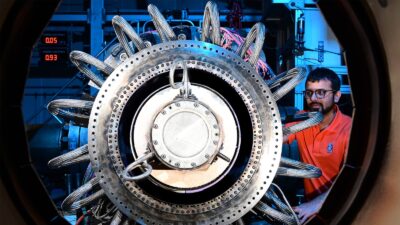 At the time of the Gulf of Mexico (aka Deepwater Horizon) disaster, BP (LSE: BP) (NYSE: BP.US) was forced to slash its dividends and sell off a lot of assets to meet the costs of damages and compensation.
At the time of the Gulf of Mexico (aka Deepwater Horizon) disaster, BP (LSE: BP) (NYSE: BP.US) was forced to slash its dividends and sell off a lot of assets to meet the costs of damages and compensation.
The total cash paid to shareholders in 2010 came to just 21 cents per share, way down from the 56 cents paid the year before. The year-end yield slumped from 5.5% to just 2.7%.
Crash
The share price crashed too, but despite the costs of compensation lingering on for longer than many of us expected, the recovery hasn’t been too bad — the shares have recovered approximately 65% from June 2010’s low to today’s 501p.
And a resumption in dividend growth was actually quite quickly underway too. We saw a 38% lift the following year to 29 cents per share, yielding an attractive 3.7% — significantly ahead of the FTSE 100’s average of around 3%.
Since then we’ve seen rises of a further 17% in 2012 and 9% last year, to take 2013’s yield to 4.5%. And with earnings getting back on track, albeit erratically, cover looks to be stabilizing at a dependable level too.
Rising dividends
Forecasts for the year to December 2014 suggest a dividend of 40 cents (23p) per share for an 8% lift, and on today’s share price that would boost the yield to 4.7%. Earnings per share (EPS) should come in around 82 cents, covering the dividend more than twice.
The prognostications for 2015 suggest more of the same, with EPS predicted to rise to 87.5 cents and the dividend set for a lift to 42 cents per share. Cover would be maintained at a fraction over two times, and we’d be looking at a yield of 5% if the share price does not move.
When BP released this year’s first-quarter figures in April, the firm announced a dividend of 9.75 cents per share — that’s ahead of last year’s fourth-quarter installment of 9.5 cents.
Cash is king
And it came after chief executive Bob Dudley told us, at 2014’s full-year results time, that the firm’s performance laid “the foundation for continued growth in sustainable free cash flow“.
That all lends strong support to the City’s expectations, and suggests to me that BP is back to being an attractive option for investors seeking reliable long-term dividends.







